Atwood, EC, Jackson, T, Laurenson, A, Jönsson, BF, Spyrakos, E, Jiang, D, Sent, G, Selmes, N, Simis, SGH, Danne, O, Tyler, A and Groom, SB 2024 Framework for Regional to Global Extension of Optical Water Types for Remote Sensing of Optically Complex Transitional Water Bodies. Remote Sensing, 16 (17). 3267. 10.3390/rs16173267
Preview |
Text
remotesensing-16-03267 (1).pdf - Published Version Available under License Creative Commons Attribution. Download (10MB) | Preview |
Abstract/Summary
Water quality indicator algorithms often separate marine and freshwater systems, introducing artificial boundaries and artifacts in the freshwater to ocean continuum. Building upon the Ocean Colour- (OC) and Lakes Climate Change Initiative (CCI) projects, we propose an improved tool to assess the interactions across river–sea transition zones. Fuzzy clustering methods are used to generate optical water types (OWT) representing spectrally distinct water reflectance classes, occurring within a given region and period (here 2016–2021), which are then utilized to assign membership values to every OWT class for each pixel and seamlessly blend optimal in-water algorithms across the region. This allows a more flexible representation of water provinces across transition zones than classic hard clustering techniques. Improvements deal with expanded sensor spectral band-sets, such as Sentinel-3 OLCI, and increased spatial resolution with Sentinel-2 MSI high-resolution data. Regional clustering was found to be necessary to capture site-specific characteristics, and a method was developed to compare and merge regional cluster sets into a pan-regional representative OWT set. Fuzzy clustering OWT timeseries data allow unique insights into optical regime changes within a lagoon, estuary, or delta system, and can be used as a basis to improve WQ algorithm performance.
| Item Type: | Publication - Article |
|---|---|
| Additional Keywords: | c-means; Tagus and Sado Estuaries; Plymouth Sound; Danube Razelm–Sinoe Lagoon System; Venice Lagoon; Curonian Lagoon; Elbe Estuary; water quality monitoring; water-leaving reflectance; multispectral. |
| Divisions: | Plymouth Marine Laboratory > Science Areas > Earth Observation Science and Applications (expired) |
| Depositing User: | S Hawkins |
| Date made live: | 24 Jul 2025 15:05 |
| Last Modified: | 01 Aug 2025 14:29 |
| URI: | https://plymsea.ac.uk/id/eprint/10470 |
Actions (login required)
 |
View Item |


 Tools
Tools Tools
Tools